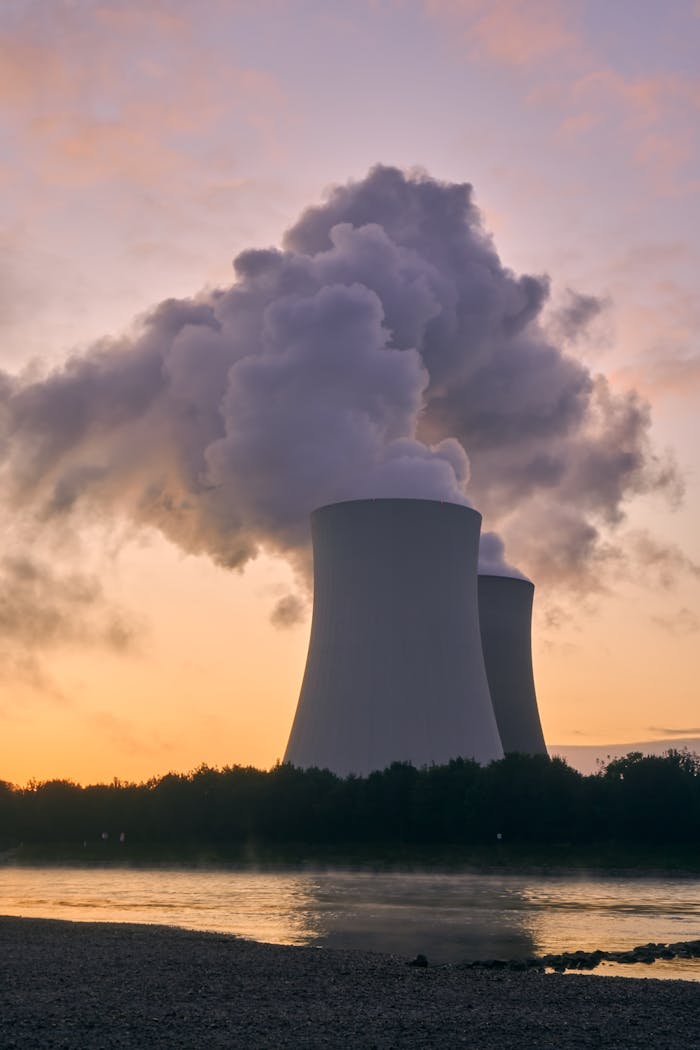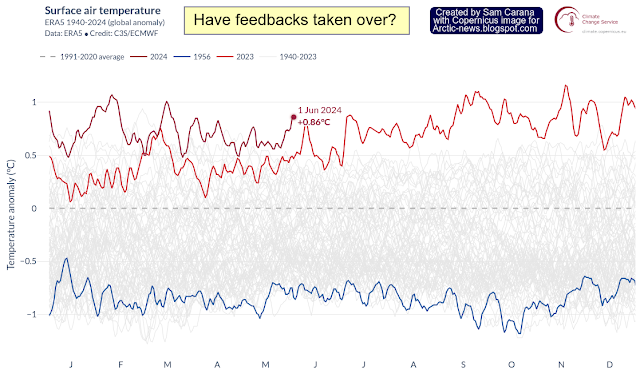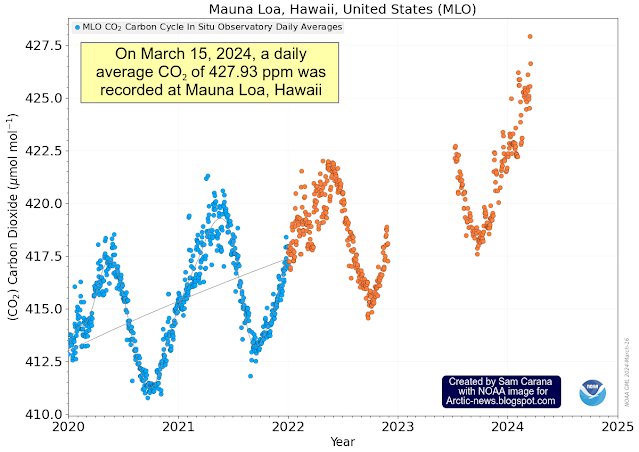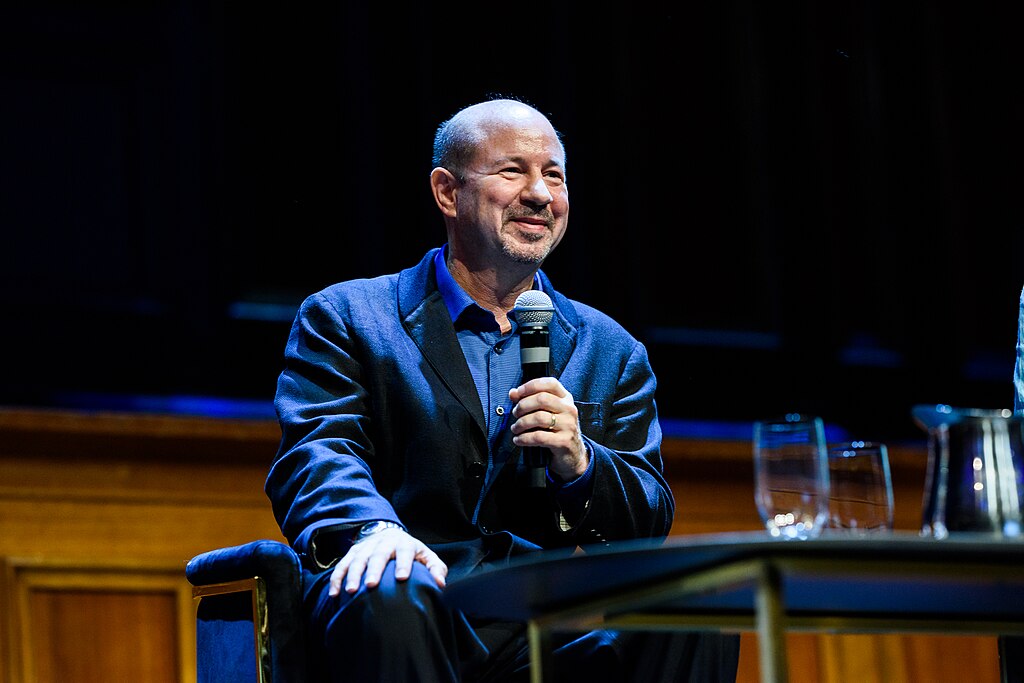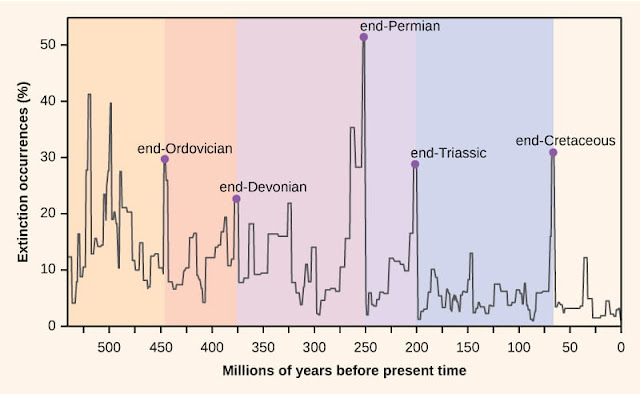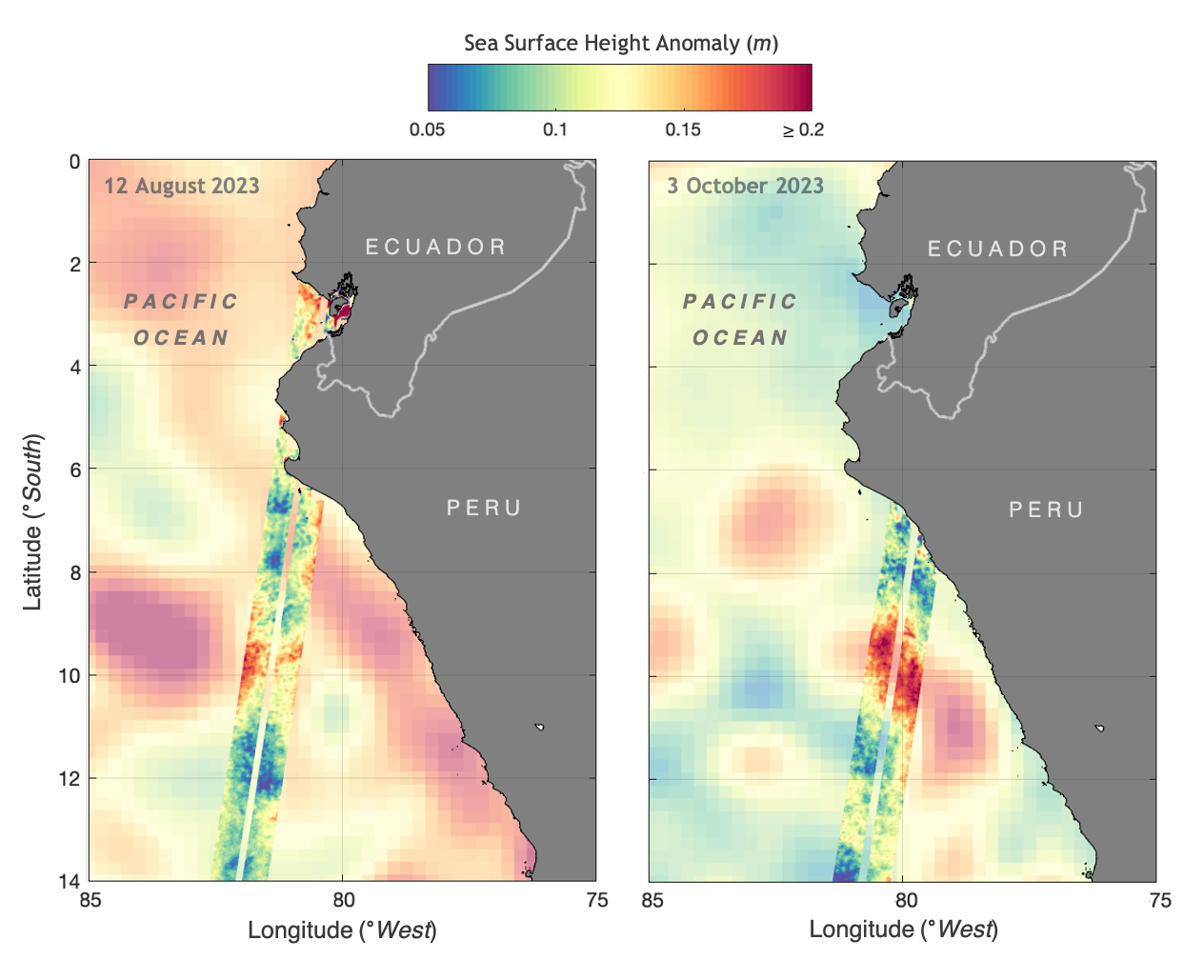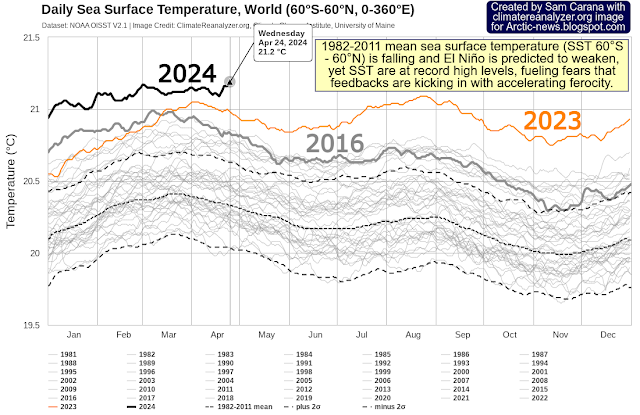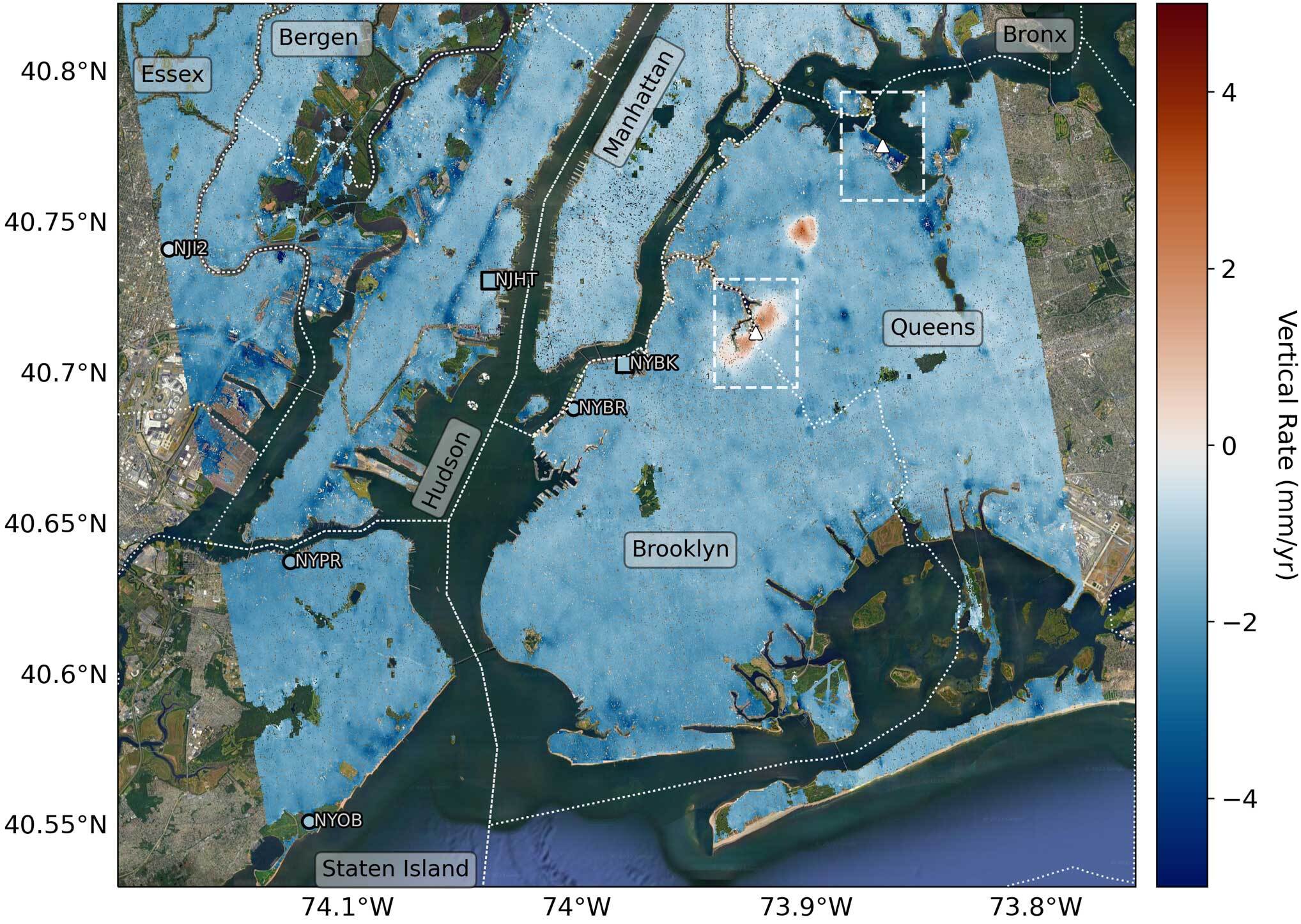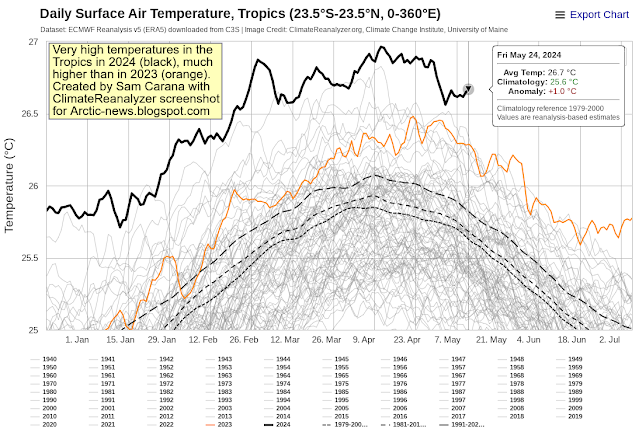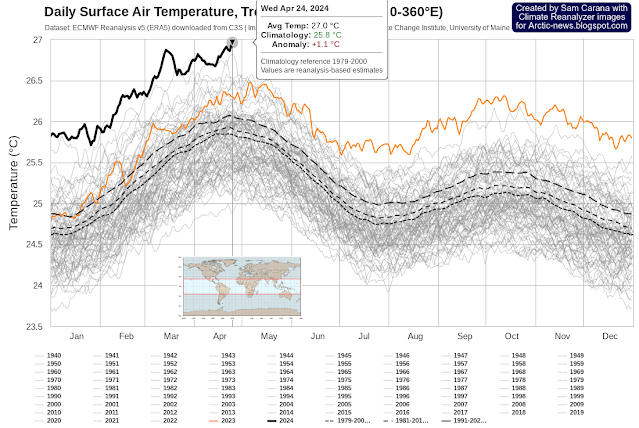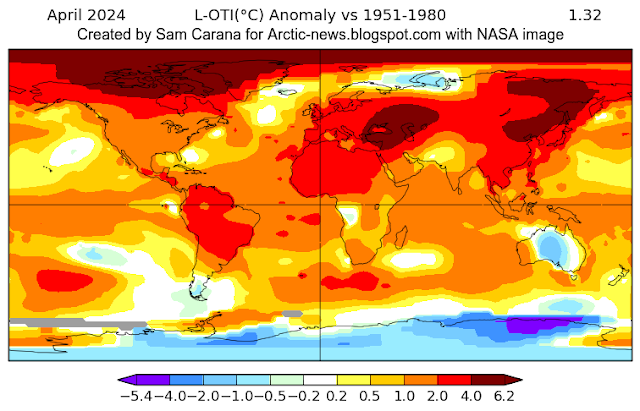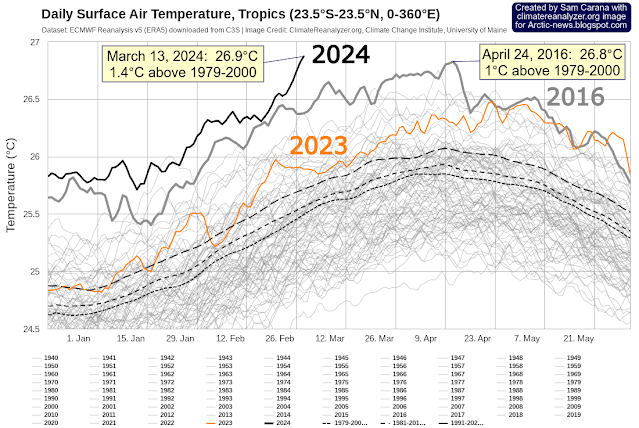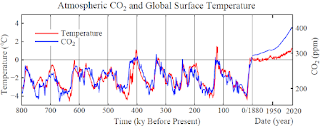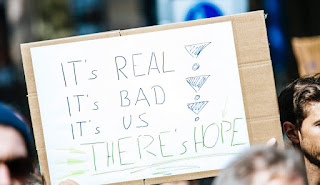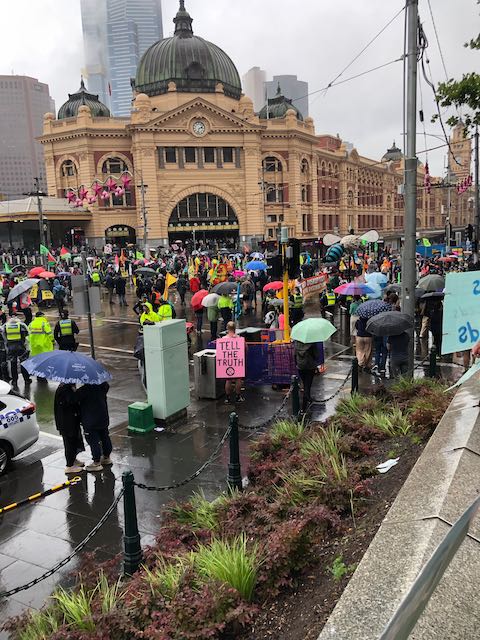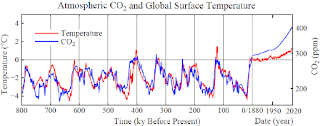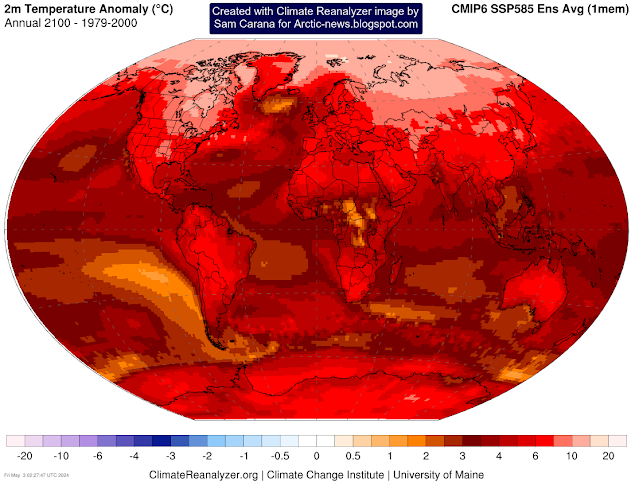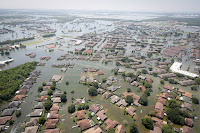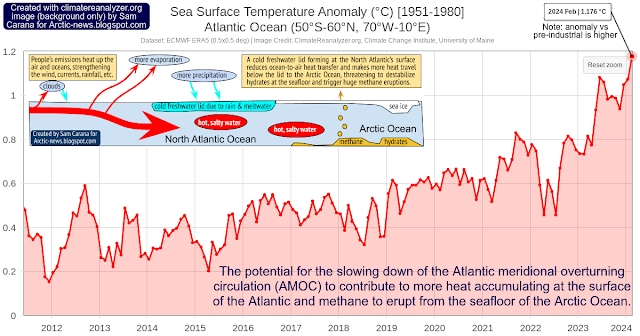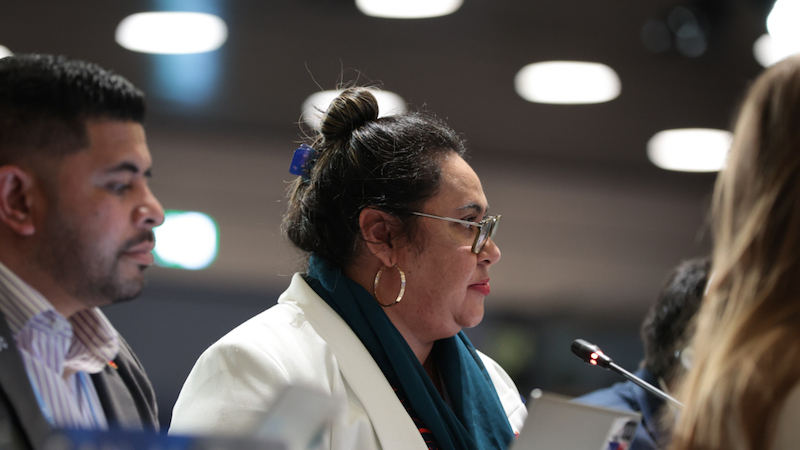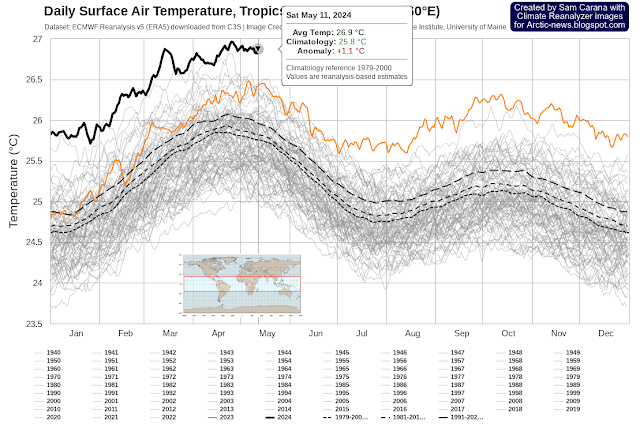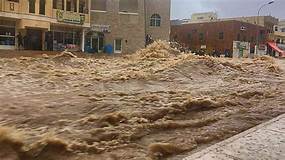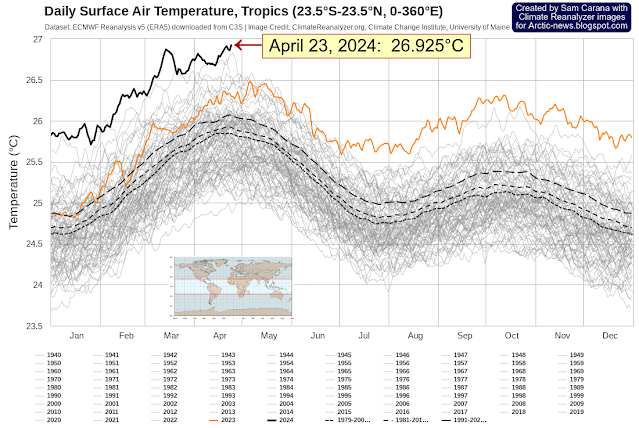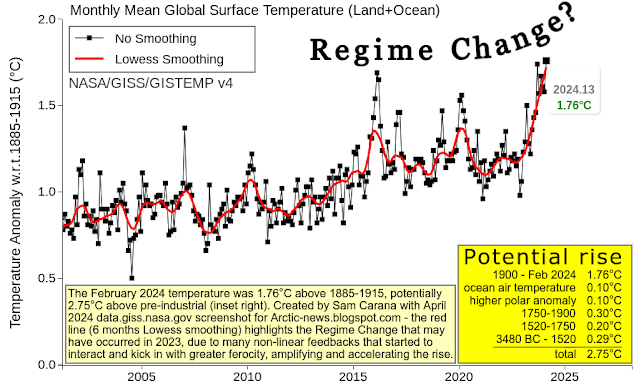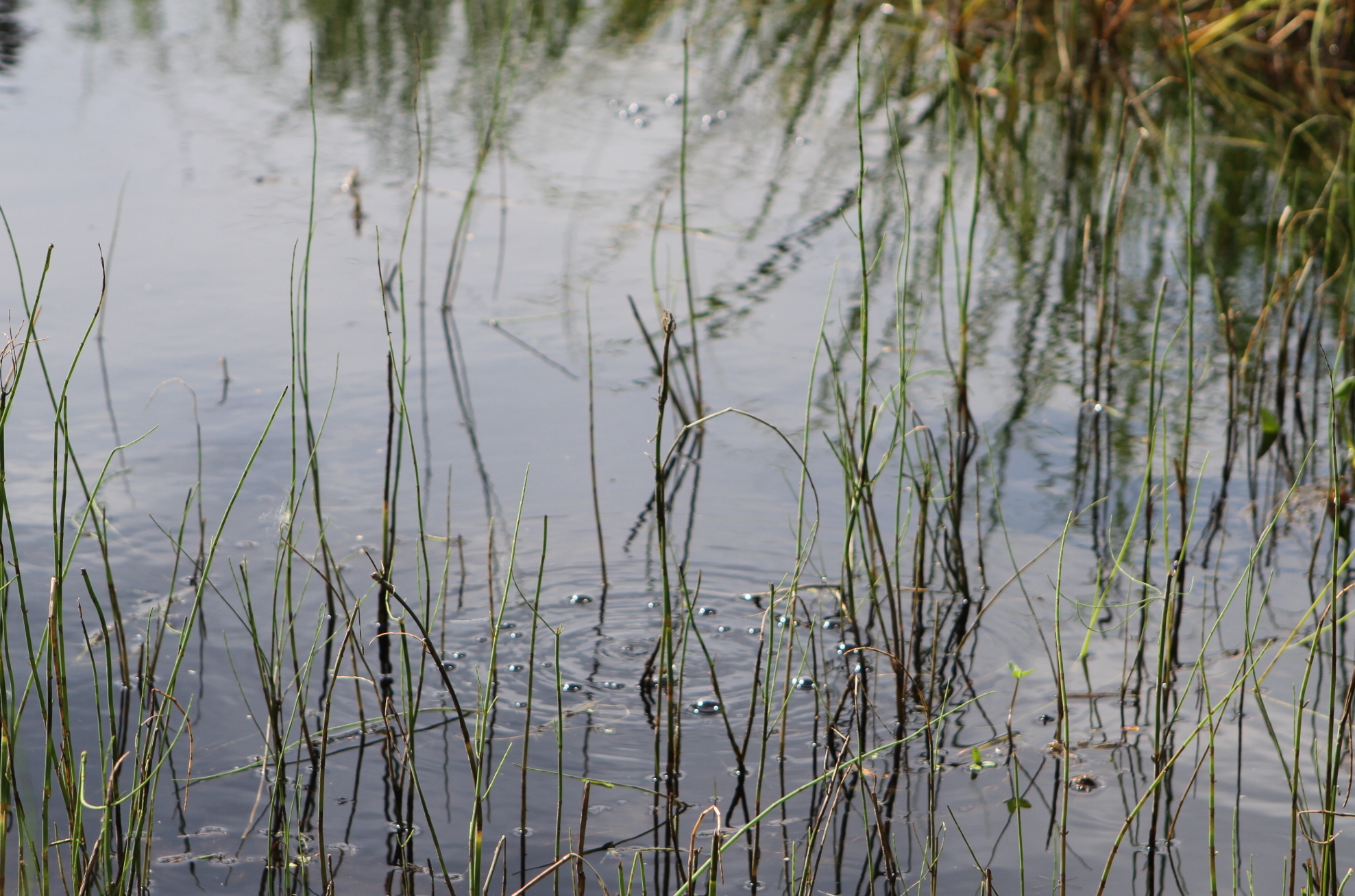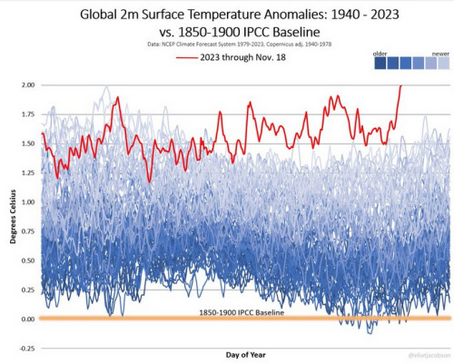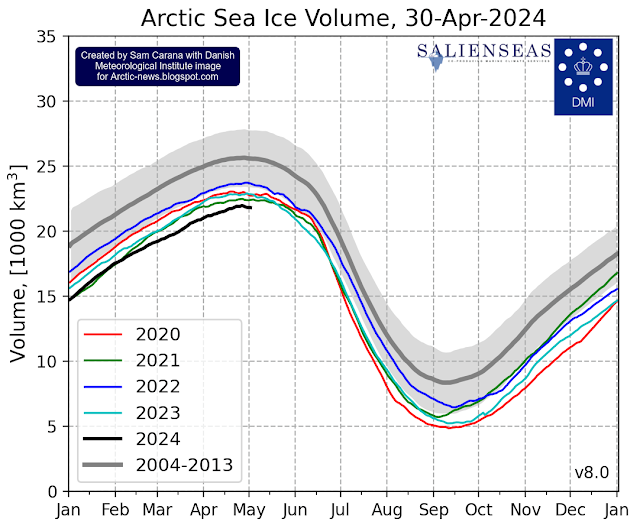
Our mission is to:
- Assist individuals and companies in lowering their carbon footprint
- Broadcast climate change mitigation information and support climate advocacy groups through our extensive social media network
- Research and provide information on the most effective carbon offset projects that remove and reduce the amount of carbon in the atmosphere
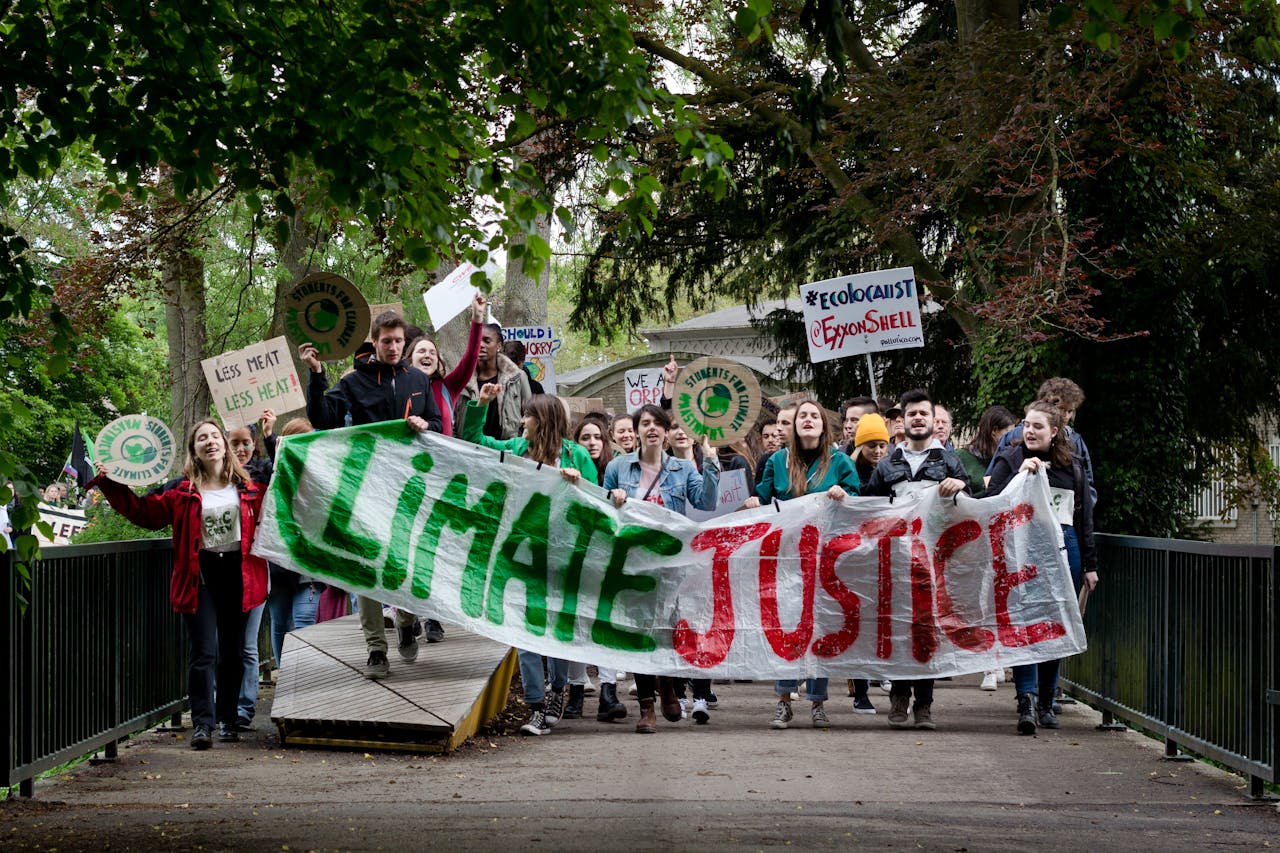

Our popular Climate Friendly Consumer Review offers information for eco-conscious consumers on which products to support.


The Emission Reduction Program for small business gives customisable templates and the necessary policies and procedures.
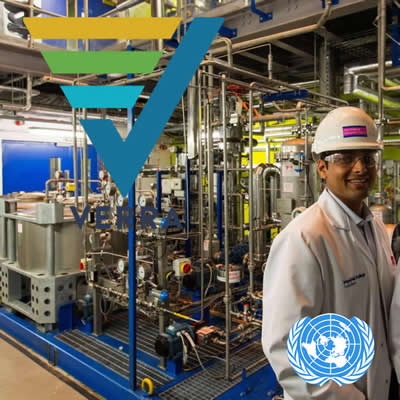

Offset Certificates finance verified projects that reduce the amount of carbon in the atmosphere.
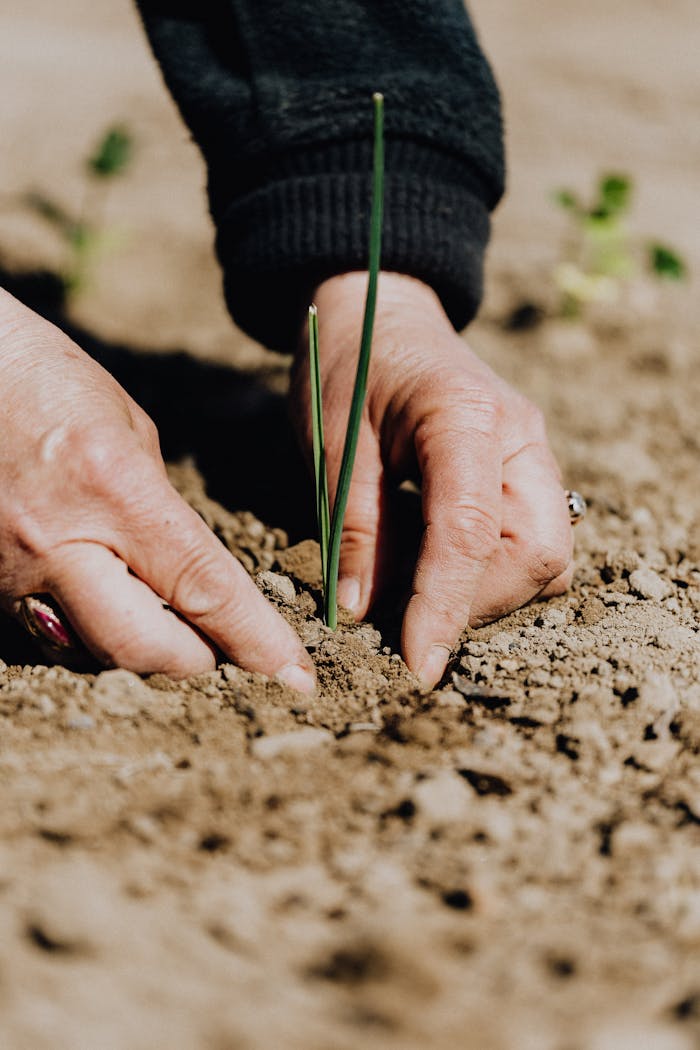
Our Story
The Climate Change Institute is a dedicated to helping individuals and organizations achieve carbon neutrality.
Carbon Footprint
We provide information to help you understand and reduce your environmental impact.
Advocacy Support
We amplify climate change awareness and back advocacy groups through our broad social media network.
Carbon Offsets
Ensuring your offset dollars support the most effective certified projects that slow the rate of global warming.
Go Carbon Neutral

You can go carbon neutral with the Institute’s monthly Carbon Offset Subscription service. You will will receive a Carbon Offset Certificate every month, validating your contribution to UN-endorsed projects that remove the amount of carbon from the atmosphere.
Media Centre
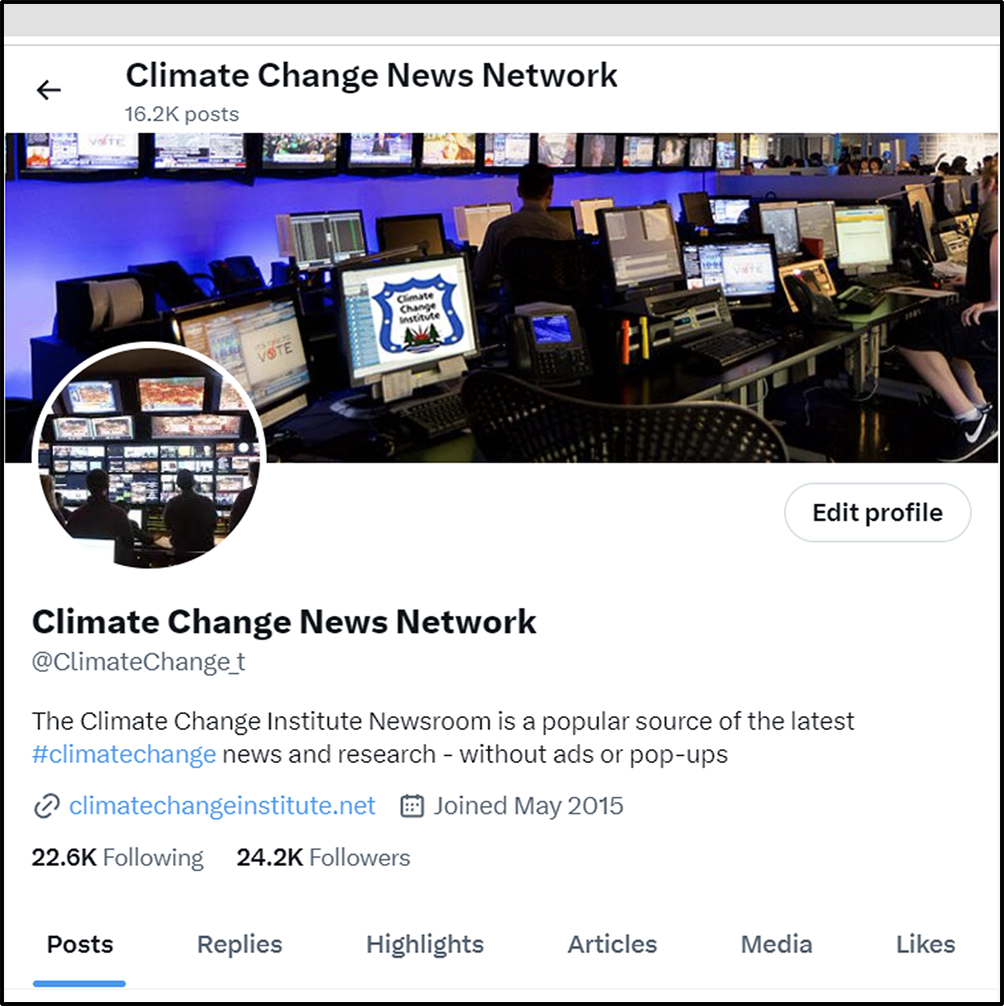
- The week around the world in 20 pictures
Wildfires in California, Benjamin Netanyahu in Washington, Israeli bombardment in Gaza and Snoop Dogg at the Paris Olympics: the last seven days as captured by the world’s leading photojournalists• Warning: this gallery contains images that some readers may find distressing Continue reading…
- Ed Miliband says Labour will honour pledge of £11.6bn in overseas climate aid
Energy secretary seeks to reestablish UK as a global leader on the climate crisis with meeting of Cop presidentsLabour will honour a pledge of £11.6bn in overseas aid for the climate crisis, the energy secretary, Ed Miliband, told an unusual meeting of Cop presidents past and present on Friday, as […]
- Asphalt burns, delirium, body bags: extreme heat overwhelms ERs across US
More than 120,000 heat-related ER visits were tracked in 2023, as people struggle in record-breaking temperaturesIn his 40 years in the emergency room, David Sklar can think of three moments in his career when he was terrified.“One of them was when the Aids epidemic hit, the second was Covid, and […]
- Alberta premier fights tears over Canada wildfires despite climate crisis denial
Danielle Smith and her government’s refusal to combat global heating is said to have made blazes more intenseWhen Danielle Smith, premier of Alberta, began her grim update about the wildfire damage to Jasper, the famed mountain resort in the Canadian Rockies, her voice slipped and she held back […]
- Northern Scotland’s Flow Country becomes world heritage site
Planet’s largest blanket bog is first peatland to be designated by Unesco after 40-year campaignThe Flow Country, a vast and unspoiled blanket bog that carpets the far north of Scotland, has been made a world heritage site by Unesco.The planet’s largest blanket bog, the Flow Country covers […]
Have feedbacks taken over?
For about one year now, global temperature anomalies have been extremely high, as illustrated by the image below, created with a screenshot from Copernicus, showing an anomaly from 1991-2020 of 0.86°C on June 1, 2024. What could be behind these persistently high temperatures? Many causes such as El Niño and sunspots have been discussed in earlier posts. How much do emissions contribute to these high temperatures?Despite pledges…
CO2 rise is accelerating
On March 15, 2024, the daily average carbon dioxide (CO₂) at Mauna Loa, Hawaii, was 427.93 parts per million (ppm), as illustrated by the image below, adapted from NOAA. This is the highest daily in situ average in the NOAA record at Mauna Loa, which is the more remarkable since the annual CO₂ maximum is typically reached in May, so even higher values are likely to…
Michael Mann Wins $1 Million Verdict In Defamation Trial
“Michael Mann Wins $1 Million Verdict In Defamation Trial Victory over climate deniers sends a strong message in defense of climate science and scientists. By Diane Bernard and Adam M. LowensteinonFeb 8, 2024 @ 14:04 PST Professor Michael E. Mann’s lawyer called attacks on the scientist “vile.” Credit: Julian Meehan/Flickr (CC BY-NC-ND 2.0) “In a victory for climate scientists, jurors in Michael Mann’s defamation case against Rand Simberg…
The Orwellian rules-based Climate
By Andrew Glikson “History is a nightmare from which I am trying to wake” (James Joyce) Figure 1. Extinctions CC from: The five mass extinctions in Earth History. The rate of the current rise of greenhouse gas levels and thereby temperatures is higher by more than an order of magnitude than that of previous mass extinctions. (Figures 11.2, 11.5). Glikson. A.Y., 2023 The Trials of Gaia.War ─…
NASA Analysis Finds Strong El Niño Could Bring Extra Floods This Winter
In Brief: Such high-tide flooding that inundates roads and buildings along the west coast of the Americas tends to be uncommon outside of El Niño years, but that could change by the 2030s. An analysis by NASA’s sea level change science team finds that if a strong El Niño develops this winter, cities along the western coasts of the Americas could see an increase in the…
NASA-ISRO Radar Mission to Provide Dynamic View of Forests, Wetlands
In Brief: NISAR will help researchers explore how changes in Earth’s forest and wetland ecosystems are affecting the global carbon cycle and influencing climate change. Once it launches in early 2024, the NISAR radar satellite mission will offer detailed insights into two types of ecosystems – forests and wetlands – vital to naturally regulating the greenhouses gases in the atmosphere that are driving global climate change….
Arctic Sea Ice Alert
[ click on images to enlarge ]Temperatures remain high, as illustrated by the above image, adapted from Copernicus. Meanwhile, El Niño is no longer prevalent. Instead, La Niña conditions are expected to be dominant soon, as illustrated by the NOAA ENSO update on the right. There are fears that self-amplifying feedbacks have taken over as the dominant drivers of the temperature rise, as discussed in earlier posts such…
North Atlantic heating up
Sea surface temperature at record high The image below, created with Climate Reanalyzer screenshots, shows that the sea surface temperature (SST 60°S – 60°N mean) was 21.2°C on April 24, 2024, reaching yet another record high. These record high sea surface temperatures are reached as long-term sea surface temperatures are falling and as El Niño is predicted to weaken, which is fueling fears that feedbacks are…
CO2 keeps accelerating
The Scripps Institution of Oceanography, UC San Diego, reported a daily average carbon dioxide (CO₂) at Mauna Loa, Hawaii, of 428.63 parts per million (ppm) on April 26, 2024, as illustrated by the image below. This is the highest daily average on record at Mauna Loa, which is the more remarkable since the annual CO₂ maximum is typically reached in May, so even higher values are…
Tracking toward mass extinction
by Andrew GliksonWhere “Two plus two equals five if the party says so” (George Orwell)and when drilling methane wells reduces global warming Having turned a blind eye to climate science, ignoring the evidence that extreme atmospheric carbon dioxide (CO₂), methane (CH₄) rise and ocean acidification have led to mass extinctions of species through time, humanity allows an exponential growth of carbon emissions to track toward a global…
NASA-Led Study Pinpoints Areas of New York City Sinking, Rising
In Brief: Scientists using space-based radar found that land in New York City is sinking at varying rates from human and natural factors. A few spots are rising. Parts of the New York City metropolitan area are sinking and rising at different rates due to factors ranging from land-use practices to long-lost glaciers, scientists have found. While the elevation changes seem small – fractions of inches…
Climate Tipping Points Are Closer Than We Think, Scientists Warn
From melting ice caps to dying forests and thawing permafrost, the risk of ‘abrupt and irreversible changes’ is much higher than thought just a few years ago. Humans are playing Russian roulette with Earth’s climate by ignoring the growing risk of tipping points that, if passed, could jolt the climate system into “a new, less habitable ‘hothouse’ climate state,” scientists are warning ahead of the annual…
Very high temperatures in Tropics
Temperatures in the Tropics (23.5°S-23.5°N, 0-360°E) have been very high in 2024 (see black line, image below), much higher than they were at this time of year in 2023 (orange line). The above image shows that on May 24, 2024, the temperature was 26.7°C (or 80.06°F), an anomaly of 1°C (or 1.8°F) compared to 1979-2000. The image below shows the average monthly temperature anomaly over the past few years through…
Temperature rise in the Tropics (update 5)
The temperature in the Tropics (23.5°S-23.5°N, 0-360°E) reached a new record high on April 24, 2024 of 27°C (or 80.6°F). The image below shows the monthly temperature anomaly over the past few years through March 2024, when the anomaly reached a record high of 1.448°C (or 2.606°F). Note that the anomaly in the top image is calculated from 1979-2000 as a base, while anomalies in the above image…
Temperature rise may soon accelerate even more
The April 2024 temperature was 1.32°C higher than 1951-1980, as illustrated by the above image, created with NASA content. Local anomalies are as high as 6.2°C. The April 2024 temperature was 1.62°C higher than 1900-1930, as illustrated by the above image, created with NASA content. The red line highlights acceleration of the temperature rise (Lowess Smoothing). The image below, created with NOAA content, uses a LOESS filter (green line) to…
Video: Our Local AFL footballers push for climate action.
Aug 18, 2022 OUR LOCAL presented by AFL Players For Climate Action, reconnects past & present AFL players with their junior clubs to talk about the importance of local footy and how renewable energy can help protect its future.AFL fans will be happy to see the massive percentage of AFL footballers pushing for greater climate action. See what they have done at their local clubs. CLICK HERE…
Temperature rise in the Tropics (update 3)
The temperature in the Tropics (23.5°S-23.5°N, 0-360°E) reached a new record high on April 20, 2024 of 26.913°C (or 80.44°F). The image below shows the monthly temperature anomaly over the past few years through March 2024, when the anomaly reached a record high of 1.448°C (or 2.606°F). Note that anomalies in the above image are calculated from 1951-1980 as a base. When calculated from a pre-industrial base, anomalies will…
Tragedy set to unfold in Tropics (update)
The temperature in the Tropics (23.5°S-23.5°N, 0-360°E) reached a new record high on March 13, 2024. The image below shows the situation over the years through March 13, 2024, when the average daily surface air temperature was 26.9°C and 1.4°C above 1979-2000 (black line is 2024).The previous record high temperature was reached on April 24, 2016, when it was 26.8°C, and 1°C above 1979-2000 (grey line…
Despite dilution, officials say new nature law can restore EU carbon sinks
A razor-thin vote in favour of the EU’s nature restoration law on Monday has salvaged the bloc’s ability to restore its carbon sinks and reach its net zero goal, top officials told Climate Home. The regulation, which tasks the EU’s 27 member states with reviving their land and water habitats and planting billions of trees, was narrowly passed by EU environment ministers. The controversial law only…
Wednesday 27
<
Oppenheimer’s legacy – Portents of a nuclear war on a burning planet
The MADNESS of NUCLEAR and CLIMATE HORRORby Andrew GliksonThe 24-hour media news cycle clouds the minds of people, perpetrators and hapless victims alike, to the future dimension, whether that of future generations or of the natural world itself.During the 20-21ˢᵗ centuries, as mean global temperature keeps rising toward 4°C, a failed brain neuron or a damaged computer chip can trigger a nuclear catastrophe, while the 24-hour media…
Untold Suffering Lies Ahead in Hotter World
Global heating could bring “untold suffering” for humans. It could also mean less fresh water and less rice, though tasting more of arsenic. In an unprecedented step, more than 11,000 scientists from 153 nations have united to warn the world that, without deep and lasting change, the climate emergency promises humankind unavoidable “untold suffering”. And as if to underline that message, a US research group has…
IEA calls for next national climate plans to target coal phase-down
Governments should promise in their next round of climate plans, due by early next year, not to build any new coal-fired power stations and to shut down existing ones early, the head of the International Energy Agency (IEA) has said. Speaking on Monday at an old London coal power plant-turned-shopping centre, IEA head Fatih Birol said he would be “very happy” to see new NDCs (Nationally…
Climate Choir Melbourne supporting Extinction Rebellion
Climate Choir Melbourne supporting Extinction Rebellion protestors at their sit down on the busiest intersection in Melbourne City, Australia. The police were very restrained. Are they in agreement with the protestors? They do have family of their own.
Saturday 23
<
Is CMIP6 SSP585 the worst-case scenario?
The image below, adapted from Climate Reanalyzer, shows the temperature in the year 2100, in a CMIP6 SSP585 scenario. The image shows how much the temperature will have risen in 2100, at 2 meters above the surface and compared to the period 1979-2000. The image below shows a progressive temperature rise reaching 4.589°C in 2100 compared to the same period, i.e. 1979-2000 and in a CMIP6…
Is This the Only Way to Curb Global Warming?
A new report from the United Nations environment program (Unep) finds that on current pledges, the world is heading for a 3.2 degree rise. Although G20 nations collectively account for 78 percent of all emissions, only five members have committed to a long-term emissions target. Of these, the UK and France are the only two to have passed legislation confirming their commitments in law. Germany, Italy…
New Report Finds Costs of Climate Change Impacts Often Underestimated
Climate economics researchers have often underestimated – sometimes badly underestimated – the costs of damages resulting from climate change. Those underestimates occur particularly in scenarios where Earth’s temperature warms beyond the Paris climate target of 1.5 to 2 degrees C (2.7 to 3.6 degrees F). That’s the conclusion of a new report written by a team of climate and Earth scientists and economists from the Earth…
Bloomberg Is a Climate Leader. So Why Aren’t Activists Excited About a Run for President?
Michael Bloomberg has poured his time and hundreds of millions of dollars into projects aimed at getting the world ‘beyond carbon,’ but can he win the presidency? One of the Trump administration’s favorite environmental talking points is that the United States has reduced carbon emissions more than any other country. It’s not an achievement that Trump can take any credit for. But his latest potential challenger,…
Atlantic ocean heat threatens to unleash methane eruptions
The image below shows that the monthly Atlantic surface temperature anomaly in February 2024 was 1.176°C when compared to a 1951-1980 base.[ click on images to enlarge ] The image below shows that the monthly Atlantic surface temperature anomaly in February 2024 was 1.435°C when compared to a 1901-2000 base. The difference illustrates the importance of selecting a base to calculate anomalies from. The anomaly indicates how much…
Friday 29
<
How hot will it get?
Currently, the temperature in the Northern Hemisphere is higher than it was last year at this time of year, as illustrated by the image below, created with University of Maine content. The image shows that a temperature of 21.1°C was reached in the Northern Hemisphere on June 17, 2024. The question is: Will temperatures over the next few months exceed the high temperatures reached last year? El Niño…
UN climate chief warns of “steep mountain to climb” for COP29 after Bonn blame-game
UN climate talks in Bonn ended in finger-pointing over their failure to move forward on a key programme to reduce planet-heating emissions, with the UN climate chief warning of “a very steep mountain to climb to achieve ambitious outcomes” at COP29 in Baku. In the closing session of the two-week talks on Thursday evening, many countries expressed their disappointment and frustration at the lack of any…
UN report: Pollution From Planned Fossil Fuel Production Would Overshoot Paris Climate Goals
To protect the climate, most coal, oil, and natural gas must be left in the ground, a recent study reported. In the 2015 international Paris Climate Agreement, nearly every country agreed to try and limit global warming to no more than 2 degrees Celsius (3.6 degrees Fahrenheit) and preferably closer to 1.5 degrees Celsius (2.7 degrees Fahrenheit) above pre-industrial temperatures. Achieving these goals will require dramatic…
Wood Pellet Giant Drax Targets California Forests: Excerpt
“Plans for two industrial pellet plants would increase carbon emissions and hurt the health of rural communities, campaigners warn. By Phoebe CookeonMar 4, 2024 @ 10:56 PST Series: Drax: The UK’s ‘Carbon Neutral’ Biomass Power Plant The wood pellets Drax produces are treated as “carbon neutral” under international accounting rules, based on an assumption that new-growth trees will capture the carbon lost by wood burnt for…
Temperatures in the Tropics
The image below shows that temperatures in the Tropics (23.5°S-23.5°N, 0-360°E) were very high during the second half of April 2024, and these very high temperatures were sustained during the first part of May 2024. The temperature was 26.9°C (or 80.42°F) on May 11, 2024, an anomaly of 1.1°C (or 1.98°F) from 1979-2000. The image below shows the average monthly temperature anomaly over the past few years through April…
Flood in Oman due to severe rains. Flooding in Arabian Peninsula …
YouTube”Both Oman and the UAE, which hosted last year’s COP28 UN climate talks, have previously warned that global warming is likely to lead to more flooding.Friederike Otto, a leader in the field of assessing the role of climate change on specific extreme weather events, said it was likely that global warming played a part in this week’s rain.”It is highly likely that the deadly and destructive…
Temperature rise in the Tropics (update 4)
The temperature in the Tropics (23.5°S-23.5°N, 0-360°E) reached a new record high on April 23, 2024 of 26.925°C (or 80.47°F). The image below shows the monthly temperature anomaly over the past few years through March 2024, when the anomaly reached a record high of 1.448°C (or 2.606°F). Note that anomalies in the above image are calculated from 1951-1980 as a base. When calculated from a pre-industrial base, anomalies will…
Did the climate experience a Regime Change in 2023?
The astonishing recent rise in temperatures makes one wonder whether a Regime Change did take place in 2023. The February 2024 temperature was 1.76°C above 1885-1915, potentially 2.75°C above pre-industrial (bright yellow inset right). The image was created by Sam Carana for Arctic-news.blogspot.com with an April 2024 data.giss.nasa.gov screenshot. The red line (6 months Lowess smoothing) highlights the Regime Change that may have occurred in 2023.Meanwhile, NASA…
NASA Flights Link Methane Plumes to Tundra Fires in Western Alaska
In Brief: Methane ‘hot spots’ in the Yukon-Kuskokwim Delta are more likely to be found where recent wildfires burned into the tundra, altering carbon emissions from the land. In Alaska’s largest river delta, tundra that has been scorched by wildfire is emitting more methane than the rest of the landscape long after the flames died, scientists have found. The potent greenhouse gas can originate from decomposing…
Well done humans!!!!
Congratulations humanity! For the first time in recorded history we have breached 2C above preindustrial levels! (Glacecakes Tumblr)
In Rural and Urban Communities Alike, Energy Costs Burden Low-Income Families
Weatherization programs can help. As the leaves turn and the temperature drops, many people worry about the cost of home heating. Ariel Drehobl of the American Council for an Energy Efficient Economy says that for low-income families, it can cause stress around figuring out how to pay your bills and a tradeoff between keeping your heat on and being able to afford other necessities like food,…
Arctic sea ice under threat
The image below indicates that Arctic sea ice volume has meanwhile passed its annual maximum. Over the coming months, volume can be expected to decrease rapidly. The image also highlights that, over the past few months, Arctic sea ice volume has been the lowest on record for the time of year. The image below illustrates the decline of Arctic sea ice volume over the years. The…
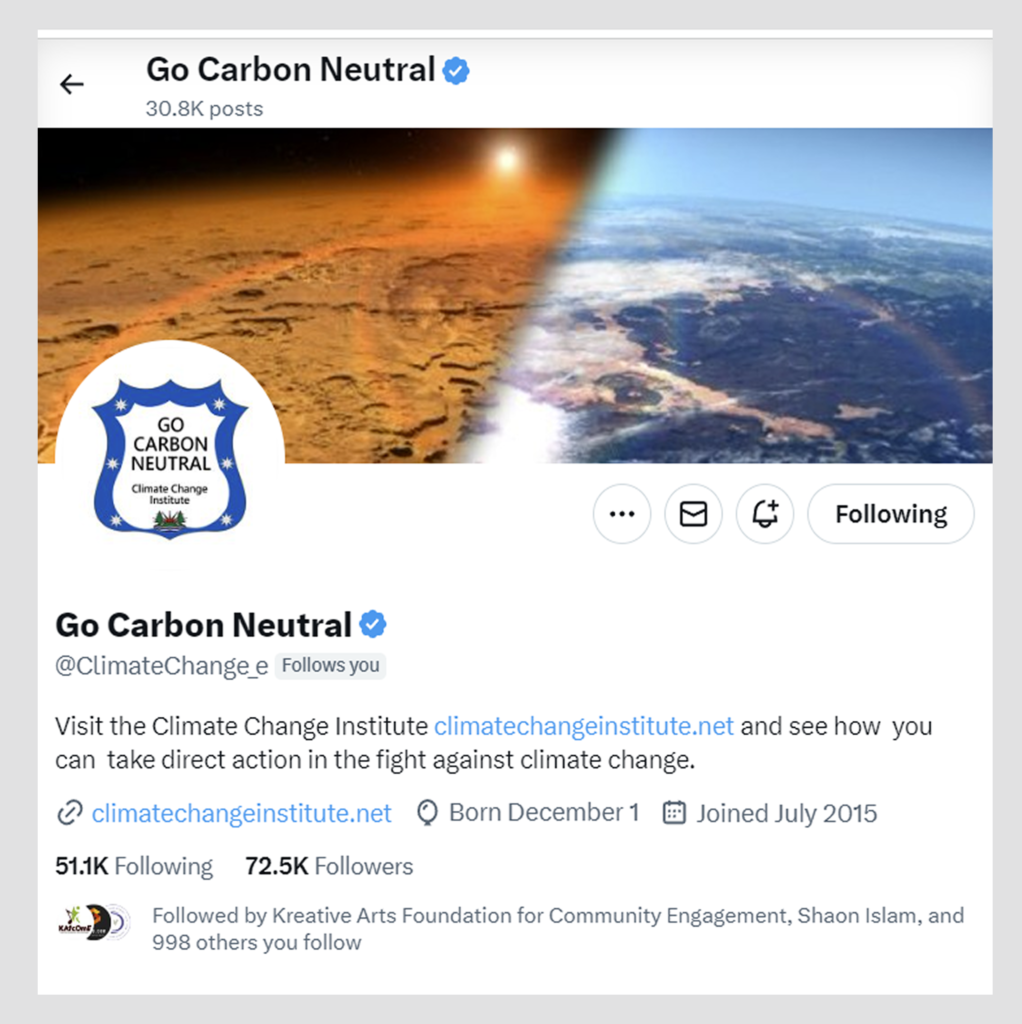
- Flood in Oman due to severe rains. Flooding in Arabian Peninsula …
YouTube”Both Oman and the UAE, which hosted last year’s COP28 UN climate talks, have previously warned that global warming is likely to lead to more flooding.Friederike Otto, a leader in the field of assessing the role of climate change on specific extreme weather events, said it was likely […]
- Carbon credit whistleblower says system still ‘failing’: RN Breakfast
Andrew Macintosh(ABC News: Alex McDonald) “The academic who blew the whistle on Australia’s carbon credit scheme – sparking an independent review – has released new research showing “damning results”. Professor Andrew Macintosh says the research confirms the scheme isn’t removing more […]
- Wood Pellet Giant Drax Targets California Forests: Excerpt
“Plans for two industrial pellet plants would increase carbon emissions and hurt the health of rural communities, campaigners warn. By Phoebe CookeonMar 4, 2024 @ 10:56 PST […]
- Michael Mann Wins $1 Million Verdict In Defamation Trial
“Michael Mann Wins $1 Million Verdict In Defamation Trial Victory over climate deniers sends a strong message in defense of climate science and scientists. By Diane Bernard and Adam M. LowensteinonFeb 8, […]
- Climate Choir Melbourne supporting Extinction Rebellion
Climate Choir Melbourne supporting Extinction Rebellion protestors at their sit down on the busiest intersection in Melbourne City, Australia. The police were very restrained. Are they in agreement with the protestors? They do have family of their own.
Temperature rise in the Tropics (update 4)
The temperature in the Tropics (23.5°S-23.5°N, 0-360°E) reached a new record high on April 23, 2024 of 26.925°C (or 80.47°F). The image below shows the monthly temperature anomaly over the past few years through March 2024, when the anomaly reached a record high of 1.448°C (or 2.606°F). Note that anomalies in the above image are calculated from 1951-1980 as a base. When calculated from a pre-industrial base, anomalies will…
NASA-ISRO Radar Mission to Provide Dynamic View of Forests, Wetlands
In Brief: NISAR will help researchers explore how changes in Earth’s forest and wetland ecosystems are affecting the global carbon cycle and influencing climate change. Once it launches in early 2024, the NISAR radar satellite mission will offer detailed insights into two types of ecosystems – forests and wetlands – vital to naturally regulating the greenhouses gases in the atmosphere that are driving global climate change….
Climate Tipping Points Are Closer Than We Think, Scientists Warn
From melting ice caps to dying forests and thawing permafrost, the risk of ‘abrupt and irreversible changes’ is much higher than thought just a few years ago. Humans are playing Russian roulette with Earth’s climate by ignoring the growing risk of tipping points that, if passed, could jolt the climate system into “a new, less habitable ‘hothouse’ climate state,” scientists are warning ahead of the annual…
Temperature rise in the Tropics (update 5)
The temperature in the Tropics (23.5°S-23.5°N, 0-360°E) reached a new record high on April 24, 2024 of 27°C (or 80.6°F). The image below shows the monthly temperature anomaly over the past few years through March 2024, when the anomaly reached a record high of 1.448°C (or 2.606°F). Note that the anomaly in the top image is calculated from 1979-2000 as a base, while anomalies in the above image…
Well done humans!!!!
Congratulations humanity! For the first time in recorded history we have breached 2C above preindustrial levels! (Glacecakes Tumblr)
North Atlantic heating up
Sea surface temperature at record high The image below, created with Climate Reanalyzer screenshots, shows that the sea surface temperature (SST 60°S – 60°N mean) was 21.2°C on April 24, 2024, reaching yet another record high. These record high sea surface temperatures are reached as long-term sea surface temperatures are falling and as El Niño is predicted to weaken, which is fueling fears that feedbacks are…
Despite dilution, officials say new nature law can restore EU carbon sinks
A razor-thin vote in favour of the EU’s nature restoration law on Monday has salvaged the bloc’s ability to restore its carbon sinks and reach its net zero goal, top officials told Climate Home. The regulation, which tasks the EU’s 27 member states with reviving their land and water habitats and planting billions of trees, was narrowly passed by EU environment ministers. The controversial law only…
Temperature rise may soon accelerate even more
The April 2024 temperature was 1.32°C higher than 1951-1980, as illustrated by the above image, created with NASA content. Local anomalies are as high as 6.2°C. The April 2024 temperature was 1.62°C higher than 1900-1930, as illustrated by the above image, created with NASA content. The red line highlights acceleration of the temperature rise (Lowess Smoothing). The image below, created with NOAA content, uses a LOESS filter (green line) to…
Is CMIP6 SSP585 the worst-case scenario?
The image below, adapted from Climate Reanalyzer, shows the temperature in the year 2100, in a CMIP6 SSP585 scenario. The image shows how much the temperature will have risen in 2100, at 2 meters above the surface and compared to the period 1979-2000. The image below shows a progressive temperature rise reaching 4.589°C in 2100 compared to the same period, i.e. 1979-2000 and in a CMIP6…
Michael Mann Wins $1 Million Verdict In Defamation Trial
“Michael Mann Wins $1 Million Verdict In Defamation Trial Victory over climate deniers sends a strong message in defense of climate science and scientists. By Diane Bernard and Adam M. LowensteinonFeb 8, 2024 @ 14:04 PST Professor Michael E. Mann’s lawyer called attacks on the scientist “vile.” Credit: Julian Meehan/Flickr (CC BY-NC-ND 2.0) “In a victory for climate scientists, jurors in Michael Mann’s defamation case against Rand Simberg…
Wednesday 27
<
In Rural and Urban Communities Alike, Energy Costs Burden Low-Income Families
Weatherization programs can help. As the leaves turn and the temperature drops, many people worry about the cost of home heating. Ariel Drehobl of the American Council for an Energy Efficient Economy says that for low-income families, it can cause stress around figuring out how to pay your bills and a tradeoff between keeping your heat on and being able to afford other necessities like food,…
The Orwellian rules-based Climate
By Andrew Glikson “History is a nightmare from which I am trying to wake” (James Joyce) Figure 1. Extinctions CC from: The five mass extinctions in Earth History. The rate of the current rise of greenhouse gas levels and thereby temperatures is higher by more than an order of magnitude than that of previous mass extinctions. (Figures 11.2, 11.5). Glikson. A.Y., 2023 The Trials of Gaia.War ─…
New Report Finds Costs of Climate Change Impacts Often Underestimated
Climate economics researchers have often underestimated – sometimes badly underestimated – the costs of damages resulting from climate change. Those underestimates occur particularly in scenarios where Earth’s temperature warms beyond the Paris climate target of 1.5 to 2 degrees C (2.7 to 3.6 degrees F). That’s the conclusion of a new report written by a team of climate and Earth scientists and economists from the Earth…
Have feedbacks taken over?
For about one year now, global temperature anomalies have been extremely high, as illustrated by the image below, created with a screenshot from Copernicus, showing an anomaly from 1991-2020 of 0.86°C on June 1, 2024. What could be behind these persistently high temperatures? Many causes such as El Niño and sunspots have been discussed in earlier posts. How much do emissions contribute to these high temperatures?Despite pledges…
How hot will it get?
Currently, the temperature in the Northern Hemisphere is higher than it was last year at this time of year, as illustrated by the image below, created with University of Maine content. The image shows that a temperature of 21.1°C was reached in the Northern Hemisphere on June 17, 2024. The question is: Will temperatures over the next few months exceed the high temperatures reached last year? El Niño…
Flood in Oman due to severe rains. Flooding in Arabian Peninsula …
YouTube”Both Oman and the UAE, which hosted last year’s COP28 UN climate talks, have previously warned that global warming is likely to lead to more flooding.Friederike Otto, a leader in the field of assessing the role of climate change on specific extreme weather events, said it was likely that global warming played a part in this week’s rain.”It is highly likely that the deadly and destructive…
UN report: Pollution From Planned Fossil Fuel Production Would Overshoot Paris Climate Goals
To protect the climate, most coal, oil, and natural gas must be left in the ground, a recent study reported. In the 2015 international Paris Climate Agreement, nearly every country agreed to try and limit global warming to no more than 2 degrees Celsius (3.6 degrees Fahrenheit) and preferably closer to 1.5 degrees Celsius (2.7 degrees Fahrenheit) above pre-industrial temperatures. Achieving these goals will require dramatic…
Wood Pellet Giant Drax Targets California Forests: Excerpt
“Plans for two industrial pellet plants would increase carbon emissions and hurt the health of rural communities, campaigners warn. By Phoebe CookeonMar 4, 2024 @ 10:56 PST Series: Drax: The UK’s ‘Carbon Neutral’ Biomass Power Plant The wood pellets Drax produces are treated as “carbon neutral” under international accounting rules, based on an assumption that new-growth trees will capture the carbon lost by wood burnt for…
Saturday 23
<
CO2 keeps accelerating
The Scripps Institution of Oceanography, UC San Diego, reported a daily average carbon dioxide (CO₂) at Mauna Loa, Hawaii, of 428.63 parts per million (ppm) on April 26, 2024, as illustrated by the image below. This is the highest daily average on record at Mauna Loa, which is the more remarkable since the annual CO₂ maximum is typically reached in May, so even higher values are…
Arctic sea ice under threat
The image below indicates that Arctic sea ice volume has meanwhile passed its annual maximum. Over the coming months, volume can be expected to decrease rapidly. The image also highlights that, over the past few months, Arctic sea ice volume has been the lowest on record for the time of year. The image below illustrates the decline of Arctic sea ice volume over the years. The…
Did the climate experience a Regime Change in 2023?
The astonishing recent rise in temperatures makes one wonder whether a Regime Change did take place in 2023. The February 2024 temperature was 1.76°C above 1885-1915, potentially 2.75°C above pre-industrial (bright yellow inset right). The image was created by Sam Carana for Arctic-news.blogspot.com with an April 2024 data.giss.nasa.gov screenshot. The red line (6 months Lowess smoothing) highlights the Regime Change that may have occurred in 2023.Meanwhile, NASA…
Friday 29
<
Temperatures in the Tropics
The image below shows that temperatures in the Tropics (23.5°S-23.5°N, 0-360°E) were very high during the second half of April 2024, and these very high temperatures were sustained during the first part of May 2024. The temperature was 26.9°C (or 80.42°F) on May 11, 2024, an anomaly of 1.1°C (or 1.98°F) from 1979-2000. The image below shows the average monthly temperature anomaly over the past few years through April…
Very high temperatures in Tropics
Temperatures in the Tropics (23.5°S-23.5°N, 0-360°E) have been very high in 2024 (see black line, image below), much higher than they were at this time of year in 2023 (orange line). The above image shows that on May 24, 2024, the temperature was 26.7°C (or 80.06°F), an anomaly of 1°C (or 1.8°F) compared to 1979-2000. The image below shows the average monthly temperature anomaly over the past few years through…
Atlantic ocean heat threatens to unleash methane eruptions
The image below shows that the monthly Atlantic surface temperature anomaly in February 2024 was 1.176°C when compared to a 1951-1980 base.[ click on images to enlarge ] The image below shows that the monthly Atlantic surface temperature anomaly in February 2024 was 1.435°C when compared to a 1901-2000 base. The difference illustrates the importance of selecting a base to calculate anomalies from. The anomaly indicates how much…
UN climate chief warns of “steep mountain to climb” for COP29 after Bonn blame-game
UN climate talks in Bonn ended in finger-pointing over their failure to move forward on a key programme to reduce planet-heating emissions, with the UN climate chief warning of “a very steep mountain to climb to achieve ambitious outcomes” at COP29 in Baku. In the closing session of the two-week talks on Thursday evening, many countries expressed their disappointment and frustration at the lack of any…
Arctic Sea Ice Alert
[ click on images to enlarge ]Temperatures remain high, as illustrated by the above image, adapted from Copernicus. Meanwhile, El Niño is no longer prevalent. Instead, La Niña conditions are expected to be dominant soon, as illustrated by the NOAA ENSO update on the right. There are fears that self-amplifying feedbacks have taken over as the dominant drivers of the temperature rise, as discussed in earlier posts such…
Is This the Only Way to Curb Global Warming?
A new report from the United Nations environment program (Unep) finds that on current pledges, the world is heading for a 3.2 degree rise. Although G20 nations collectively account for 78 percent of all emissions, only five members have committed to a long-term emissions target. Of these, the UK and France are the only two to have passed legislation confirming their commitments in law. Germany, Italy…
Bloomberg Is a Climate Leader. So Why Aren’t Activists Excited About a Run for President?
Michael Bloomberg has poured his time and hundreds of millions of dollars into projects aimed at getting the world ‘beyond carbon,’ but can he win the presidency? One of the Trump administration’s favorite environmental talking points is that the United States has reduced carbon emissions more than any other country. It’s not an achievement that Trump can take any credit for. But his latest potential challenger,…
Tracking toward mass extinction
by Andrew GliksonWhere “Two plus two equals five if the party says so” (George Orwell)and when drilling methane wells reduces global warming Having turned a blind eye to climate science, ignoring the evidence that extreme atmospheric carbon dioxide (CO₂), methane (CH₄) rise and ocean acidification have led to mass extinctions of species through time, humanity allows an exponential growth of carbon emissions to track toward a global…
CO2 rise is accelerating
On March 15, 2024, the daily average carbon dioxide (CO₂) at Mauna Loa, Hawaii, was 427.93 parts per million (ppm), as illustrated by the image below, adapted from NOAA. This is the highest daily in situ average in the NOAA record at Mauna Loa, which is the more remarkable since the annual CO₂ maximum is typically reached in May, so even higher values are likely to…
Untold Suffering Lies Ahead in Hotter World
Global heating could bring “untold suffering” for humans. It could also mean less fresh water and less rice, though tasting more of arsenic. In an unprecedented step, more than 11,000 scientists from 153 nations have united to warn the world that, without deep and lasting change, the climate emergency promises humankind unavoidable “untold suffering”. And as if to underline that message, a US research group has…
Tragedy set to unfold in Tropics (update)
The temperature in the Tropics (23.5°S-23.5°N, 0-360°E) reached a new record high on March 13, 2024. The image below shows the situation over the years through March 13, 2024, when the average daily surface air temperature was 26.9°C and 1.4°C above 1979-2000 (black line is 2024).The previous record high temperature was reached on April 24, 2016, when it was 26.8°C, and 1°C above 1979-2000 (grey line…
NASA Flights Link Methane Plumes to Tundra Fires in Western Alaska
In Brief: Methane ‘hot spots’ in the Yukon-Kuskokwim Delta are more likely to be found where recent wildfires burned into the tundra, altering carbon emissions from the land. In Alaska’s largest river delta, tundra that has been scorched by wildfire is emitting more methane than the rest of the landscape long after the flames died, scientists have found. The potent greenhouse gas can originate from decomposing…
NASA-Led Study Pinpoints Areas of New York City Sinking, Rising
In Brief: Scientists using space-based radar found that land in New York City is sinking at varying rates from human and natural factors. A few spots are rising. Parts of the New York City metropolitan area are sinking and rising at different rates due to factors ranging from land-use practices to long-lost glaciers, scientists have found. While the elevation changes seem small – fractions of inches…
NASA Analysis Finds Strong El Niño Could Bring Extra Floods This Winter
In Brief: Such high-tide flooding that inundates roads and buildings along the west coast of the Americas tends to be uncommon outside of El Niño years, but that could change by the 2030s. An analysis by NASA’s sea level change science team finds that if a strong El Niño develops this winter, cities along the western coasts of the Americas could see an increase in the…
IEA calls for next national climate plans to target coal phase-down
Governments should promise in their next round of climate plans, due by early next year, not to build any new coal-fired power stations and to shut down existing ones early, the head of the International Energy Agency (IEA) has said. Speaking on Monday at an old London coal power plant-turned-shopping centre, IEA head Fatih Birol said he would be “very happy” to see new NDCs (Nationally…
Video: Our Local AFL footballers push for climate action.
Aug 18, 2022 OUR LOCAL presented by AFL Players For Climate Action, reconnects past & present AFL players with their junior clubs to talk about the importance of local footy and how renewable energy can help protect its future.AFL fans will be happy to see the massive percentage of AFL footballers pushing for greater climate action. See what they have done at their local clubs. CLICK HERE…
Oppenheimer’s legacy – Portents of a nuclear war on a burning planet
The MADNESS of NUCLEAR and CLIMATE HORRORby Andrew GliksonThe 24-hour media news cycle clouds the minds of people, perpetrators and hapless victims alike, to the future dimension, whether that of future generations or of the natural world itself.During the 20-21ˢᵗ centuries, as mean global temperature keeps rising toward 4°C, a failed brain neuron or a damaged computer chip can trigger a nuclear catastrophe, while the 24-hour media…
Climate Choir Melbourne supporting Extinction Rebellion
Climate Choir Melbourne supporting Extinction Rebellion protestors at their sit down on the busiest intersection in Melbourne City, Australia. The police were very restrained. Are they in agreement with the protestors? They do have family of their own.
Temperature rise in the Tropics (update 3)
The temperature in the Tropics (23.5°S-23.5°N, 0-360°E) reached a new record high on April 20, 2024 of 26.913°C (or 80.44°F). The image below shows the monthly temperature anomaly over the past few years through March 2024, when the anomaly reached a record high of 1.448°C (or 2.606°F). Note that anomalies in the above image are calculated from 1951-1980 as a base. When calculated from a pre-industrial base, anomalies will…
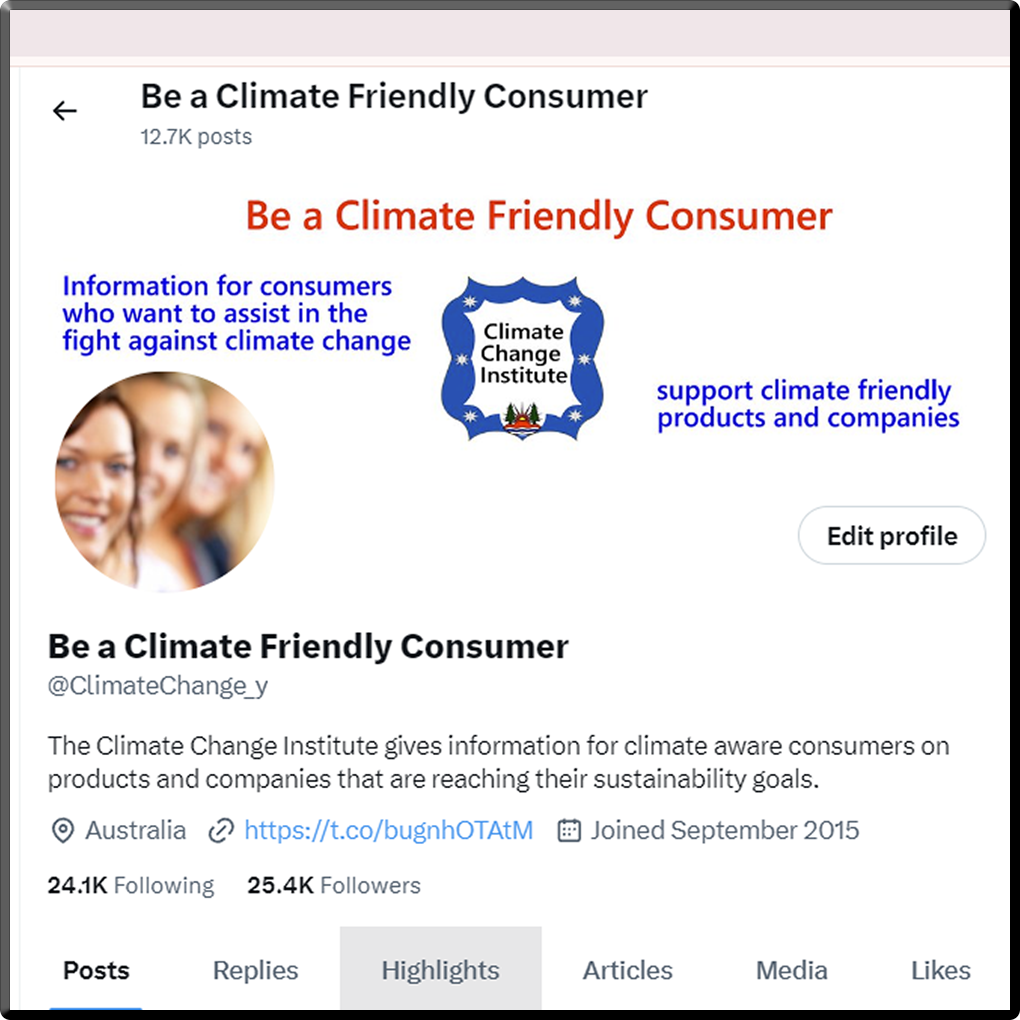
- Study Finds Switching From Gas to Electric Stoves Cuts Indoor Air Pollution
New research evaluated the feasibility and benefits of transitioning from gas to induction stoves in affordable housing.
- Icelandic Glacier Runs for President, Sparking Rights of Nature Movement
As global efforts to recognize the legal rights of nature have increased, one campaign took an unusual approach: nominating a glacier for president.
- High School Students Learn About Microplastic Pollution in Eco Ambassador Program
New Jersey students spent two days at Lamont-Doherty Earth Observatory studying microplastics and how they affect the world around us.
- Strengthening Community Ties: Insights From a Climate Knowledge Exchange on Campus
In a workshop focused on community engagement for flood planning in NYC, attendees discussed engagement strategies for resilience planning and effective strategies to empower communities.
- The Case for Climate-Resilient Infrastructure
As climate change makes weather harder to predict, most infrastructure will need to be retrofitted or redesigned and rebuilt with future climate resilience in mind.
- ‘Coal + Ice’ Exhibit Reflects the Interconnected Challenges of Climate Change
The Asia Society’s new immersive exhibit explores the vivid impacts of climate change on humans through art.
Wood Pellet Giant Drax Targets California Forests: Excerpt
“Plans for two industrial pellet plants would increase carbon emissions and hurt the health of rural communities, campaigners warn. By Phoebe CookeonMar 4, 2024 @ 10:56 PST Series: Drax: The UK’s ‘Carbon Neutral’ Biomass Power Plant The wood pellets Drax produces are treated as “carbon neutral” under international accounting rules, based on an assumption that new-growth trees will capture the carbon lost by wood burnt for…
Bloomberg Is a Climate Leader. So Why Aren’t Activists Excited About a Run for President?
Michael Bloomberg has poured his time and hundreds of millions of dollars into projects aimed at getting the world ‘beyond carbon,’ but can he win the presidency? One of the Trump administration’s favorite environmental talking points is that the United States has reduced carbon emissions more than any other country. It’s not an achievement that Trump can take any credit for. But his latest potential challenger,…
Friday 29
<
Arctic sea ice under threat
The image below indicates that Arctic sea ice volume has meanwhile passed its annual maximum. Over the coming months, volume can be expected to decrease rapidly. The image also highlights that, over the past few months, Arctic sea ice volume has been the lowest on record for the time of year. The image below illustrates the decline of Arctic sea ice volume over the years. The…
NASA-Led Study Pinpoints Areas of New York City Sinking, Rising
In Brief: Scientists using space-based radar found that land in New York City is sinking at varying rates from human and natural factors. A few spots are rising. Parts of the New York City metropolitan area are sinking and rising at different rates due to factors ranging from land-use practices to long-lost glaciers, scientists have found. While the elevation changes seem small – fractions of inches…
Arctic Sea Ice Alert
[ click on images to enlarge ]Temperatures remain high, as illustrated by the above image, adapted from Copernicus. Meanwhile, El Niño is no longer prevalent. Instead, La Niña conditions are expected to be dominant soon, as illustrated by the NOAA ENSO update on the right. There are fears that self-amplifying feedbacks have taken over as the dominant drivers of the temperature rise, as discussed in earlier posts such…
UN report: Pollution From Planned Fossil Fuel Production Would Overshoot Paris Climate Goals
To protect the climate, most coal, oil, and natural gas must be left in the ground, a recent study reported. In the 2015 international Paris Climate Agreement, nearly every country agreed to try and limit global warming to no more than 2 degrees Celsius (3.6 degrees Fahrenheit) and preferably closer to 1.5 degrees Celsius (2.7 degrees Fahrenheit) above pre-industrial temperatures. Achieving these goals will require dramatic…
In Rural and Urban Communities Alike, Energy Costs Burden Low-Income Families
Weatherization programs can help. As the leaves turn and the temperature drops, many people worry about the cost of home heating. Ariel Drehobl of the American Council for an Energy Efficient Economy says that for low-income families, it can cause stress around figuring out how to pay your bills and a tradeoff between keeping your heat on and being able to afford other necessities like food,…
IEA calls for next national climate plans to target coal phase-down
Governments should promise in their next round of climate plans, due by early next year, not to build any new coal-fired power stations and to shut down existing ones early, the head of the International Energy Agency (IEA) has said. Speaking on Monday at an old London coal power plant-turned-shopping centre, IEA head Fatih Birol said he would be “very happy” to see new NDCs (Nationally…
CO2 rise is accelerating
On March 15, 2024, the daily average carbon dioxide (CO₂) at Mauna Loa, Hawaii, was 427.93 parts per million (ppm), as illustrated by the image below, adapted from NOAA. This is the highest daily in situ average in the NOAA record at Mauna Loa, which is the more remarkable since the annual CO₂ maximum is typically reached in May, so even higher values are likely to…
Very high temperatures in Tropics
Temperatures in the Tropics (23.5°S-23.5°N, 0-360°E) have been very high in 2024 (see black line, image below), much higher than they were at this time of year in 2023 (orange line). The above image shows that on May 24, 2024, the temperature was 26.7°C (or 80.06°F), an anomaly of 1°C (or 1.8°F) compared to 1979-2000. The image below shows the average monthly temperature anomaly over the past few years through…
Tracking toward mass extinction
by Andrew GliksonWhere “Two plus two equals five if the party says so” (George Orwell)and when drilling methane wells reduces global warming Having turned a blind eye to climate science, ignoring the evidence that extreme atmospheric carbon dioxide (CO₂), methane (CH₄) rise and ocean acidification have led to mass extinctions of species through time, humanity allows an exponential growth of carbon emissions to track toward a global…
Temperature rise in the Tropics (update 3)
The temperature in the Tropics (23.5°S-23.5°N, 0-360°E) reached a new record high on April 20, 2024 of 26.913°C (or 80.44°F). The image below shows the monthly temperature anomaly over the past few years through March 2024, when the anomaly reached a record high of 1.448°C (or 2.606°F). Note that anomalies in the above image are calculated from 1951-1980 as a base. When calculated from a pre-industrial base, anomalies will…
Temperatures in the Tropics
The image below shows that temperatures in the Tropics (23.5°S-23.5°N, 0-360°E) were very high during the second half of April 2024, and these very high temperatures were sustained during the first part of May 2024. The temperature was 26.9°C (or 80.42°F) on May 11, 2024, an anomaly of 1.1°C (or 1.98°F) from 1979-2000. The image below shows the average monthly temperature anomaly over the past few years through April…
Climate Choir Melbourne supporting Extinction Rebellion
Climate Choir Melbourne supporting Extinction Rebellion protestors at their sit down on the busiest intersection in Melbourne City, Australia. The police were very restrained. Are they in agreement with the protestors? They do have family of their own.
Atlantic ocean heat threatens to unleash methane eruptions
The image below shows that the monthly Atlantic surface temperature anomaly in February 2024 was 1.176°C when compared to a 1951-1980 base.[ click on images to enlarge ] The image below shows that the monthly Atlantic surface temperature anomaly in February 2024 was 1.435°C when compared to a 1901-2000 base. The difference illustrates the importance of selecting a base to calculate anomalies from. The anomaly indicates how much…
Michael Mann Wins $1 Million Verdict In Defamation Trial
“Michael Mann Wins $1 Million Verdict In Defamation Trial Victory over climate deniers sends a strong message in defense of climate science and scientists. By Diane Bernard and Adam M. LowensteinonFeb 8, 2024 @ 14:04 PST Professor Michael E. Mann’s lawyer called attacks on the scientist “vile.” Credit: Julian Meehan/Flickr (CC BY-NC-ND 2.0) “In a victory for climate scientists, jurors in Michael Mann’s defamation case against Rand Simberg…
NASA Analysis Finds Strong El Niño Could Bring Extra Floods This Winter
In Brief: Such high-tide flooding that inundates roads and buildings along the west coast of the Americas tends to be uncommon outside of El Niño years, but that could change by the 2030s. An analysis by NASA’s sea level change science team finds that if a strong El Niño develops this winter, cities along the western coasts of the Americas could see an increase in the…
Untold Suffering Lies Ahead in Hotter World
Global heating could bring “untold suffering” for humans. It could also mean less fresh water and less rice, though tasting more of arsenic. In an unprecedented step, more than 11,000 scientists from 153 nations have united to warn the world that, without deep and lasting change, the climate emergency promises humankind unavoidable “untold suffering”. And as if to underline that message, a US research group has…
Tragedy set to unfold in Tropics (update)
The temperature in the Tropics (23.5°S-23.5°N, 0-360°E) reached a new record high on March 13, 2024. The image below shows the situation over the years through March 13, 2024, when the average daily surface air temperature was 26.9°C and 1.4°C above 1979-2000 (black line is 2024).The previous record high temperature was reached on April 24, 2016, when it was 26.8°C, and 1°C above 1979-2000 (grey line…
Temperature rise may soon accelerate even more
The April 2024 temperature was 1.32°C higher than 1951-1980, as illustrated by the above image, created with NASA content. Local anomalies are as high as 6.2°C. The April 2024 temperature was 1.62°C higher than 1900-1930, as illustrated by the above image, created with NASA content. The red line highlights acceleration of the temperature rise (Lowess Smoothing). The image below, created with NOAA content, uses a LOESS filter (green line) to…
Saturday 23
<
The Orwellian rules-based Climate
By Andrew Glikson “History is a nightmare from which I am trying to wake” (James Joyce) Figure 1. Extinctions CC from: The five mass extinctions in Earth History. The rate of the current rise of greenhouse gas levels and thereby temperatures is higher by more than an order of magnitude than that of previous mass extinctions. (Figures 11.2, 11.5). Glikson. A.Y., 2023 The Trials of Gaia.War ─…
Temperature rise in the Tropics (update 4)
The temperature in the Tropics (23.5°S-23.5°N, 0-360°E) reached a new record high on April 23, 2024 of 26.925°C (or 80.47°F). The image below shows the monthly temperature anomaly over the past few years through March 2024, when the anomaly reached a record high of 1.448°C (or 2.606°F). Note that anomalies in the above image are calculated from 1951-1980 as a base. When calculated from a pre-industrial base, anomalies will…
NASA Flights Link Methane Plumes to Tundra Fires in Western Alaska
In Brief: Methane ‘hot spots’ in the Yukon-Kuskokwim Delta are more likely to be found where recent wildfires burned into the tundra, altering carbon emissions from the land. In Alaska’s largest river delta, tundra that has been scorched by wildfire is emitting more methane than the rest of the landscape long after the flames died, scientists have found. The potent greenhouse gas can originate from decomposing…
Climate Tipping Points Are Closer Than We Think, Scientists Warn
From melting ice caps to dying forests and thawing permafrost, the risk of ‘abrupt and irreversible changes’ is much higher than thought just a few years ago. Humans are playing Russian roulette with Earth’s climate by ignoring the growing risk of tipping points that, if passed, could jolt the climate system into “a new, less habitable ‘hothouse’ climate state,” scientists are warning ahead of the annual…
Oppenheimer’s legacy – Portents of a nuclear war on a burning planet
The MADNESS of NUCLEAR and CLIMATE HORRORby Andrew GliksonThe 24-hour media news cycle clouds the minds of people, perpetrators and hapless victims alike, to the future dimension, whether that of future generations or of the natural world itself.During the 20-21ˢᵗ centuries, as mean global temperature keeps rising toward 4°C, a failed brain neuron or a damaged computer chip can trigger a nuclear catastrophe, while the 24-hour media…
Have feedbacks taken over?
For about one year now, global temperature anomalies have been extremely high, as illustrated by the image below, created with a screenshot from Copernicus, showing an anomaly from 1991-2020 of 0.86°C on June 1, 2024. What could be behind these persistently high temperatures? Many causes such as El Niño and sunspots have been discussed in earlier posts. How much do emissions contribute to these high temperatures?Despite pledges…
North Atlantic heating up
Sea surface temperature at record high The image below, created with Climate Reanalyzer screenshots, shows that the sea surface temperature (SST 60°S – 60°N mean) was 21.2°C on April 24, 2024, reaching yet another record high. These record high sea surface temperatures are reached as long-term sea surface temperatures are falling and as El Niño is predicted to weaken, which is fueling fears that feedbacks are…
Did the climate experience a Regime Change in 2023?
The astonishing recent rise in temperatures makes one wonder whether a Regime Change did take place in 2023. The February 2024 temperature was 1.76°C above 1885-1915, potentially 2.75°C above pre-industrial (bright yellow inset right). The image was created by Sam Carana for Arctic-news.blogspot.com with an April 2024 data.giss.nasa.gov screenshot. The red line (6 months Lowess smoothing) highlights the Regime Change that may have occurred in 2023.Meanwhile, NASA…
Is This the Only Way to Curb Global Warming?
A new report from the United Nations environment program (Unep) finds that on current pledges, the world is heading for a 3.2 degree rise. Although G20 nations collectively account for 78 percent of all emissions, only five members have committed to a long-term emissions target. Of these, the UK and France are the only two to have passed legislation confirming their commitments in law. Germany, Italy…
CO2 keeps accelerating
The Scripps Institution of Oceanography, UC San Diego, reported a daily average carbon dioxide (CO₂) at Mauna Loa, Hawaii, of 428.63 parts per million (ppm) on April 26, 2024, as illustrated by the image below. This is the highest daily average on record at Mauna Loa, which is the more remarkable since the annual CO₂ maximum is typically reached in May, so even higher values are…
Is CMIP6 SSP585 the worst-case scenario?
The image below, adapted from Climate Reanalyzer, shows the temperature in the year 2100, in a CMIP6 SSP585 scenario. The image shows how much the temperature will have risen in 2100, at 2 meters above the surface and compared to the period 1979-2000. The image below shows a progressive temperature rise reaching 4.589°C in 2100 compared to the same period, i.e. 1979-2000 and in a CMIP6…
Flood in Oman due to severe rains. Flooding in Arabian Peninsula …
YouTube”Both Oman and the UAE, which hosted last year’s COP28 UN climate talks, have previously warned that global warming is likely to lead to more flooding.Friederike Otto, a leader in the field of assessing the role of climate change on specific extreme weather events, said it was likely that global warming played a part in this week’s rain.”It is highly likely that the deadly and destructive…
NASA-ISRO Radar Mission to Provide Dynamic View of Forests, Wetlands
In Brief: NISAR will help researchers explore how changes in Earth’s forest and wetland ecosystems are affecting the global carbon cycle and influencing climate change. Once it launches in early 2024, the NISAR radar satellite mission will offer detailed insights into two types of ecosystems – forests and wetlands – vital to naturally regulating the greenhouses gases in the atmosphere that are driving global climate change….
Well done humans!!!!
Congratulations humanity! For the first time in recorded history we have breached 2C above preindustrial levels! (Glacecakes Tumblr)
Temperature rise in the Tropics (update 5)
The temperature in the Tropics (23.5°S-23.5°N, 0-360°E) reached a new record high on April 24, 2024 of 27°C (or 80.6°F). The image below shows the monthly temperature anomaly over the past few years through March 2024, when the anomaly reached a record high of 1.448°C (or 2.606°F). Note that the anomaly in the top image is calculated from 1979-2000 as a base, while anomalies in the above image…
New Report Finds Costs of Climate Change Impacts Often Underestimated
Climate economics researchers have often underestimated – sometimes badly underestimated – the costs of damages resulting from climate change. Those underestimates occur particularly in scenarios where Earth’s temperature warms beyond the Paris climate target of 1.5 to 2 degrees C (2.7 to 3.6 degrees F). That’s the conclusion of a new report written by a team of climate and Earth scientists and economists from the Earth…
UN climate chief warns of “steep mountain to climb” for COP29 after Bonn blame-game
UN climate talks in Bonn ended in finger-pointing over their failure to move forward on a key programme to reduce planet-heating emissions, with the UN climate chief warning of “a very steep mountain to climb to achieve ambitious outcomes” at COP29 in Baku. In the closing session of the two-week talks on Thursday evening, many countries expressed their disappointment and frustration at the lack of any…
Video: Our Local AFL footballers push for climate action.
Aug 18, 2022 OUR LOCAL presented by AFL Players For Climate Action, reconnects past & present AFL players with their junior clubs to talk about the importance of local footy and how renewable energy can help protect its future.AFL fans will be happy to see the massive percentage of AFL footballers pushing for greater climate action. See what they have done at their local clubs. CLICK HERE…
How hot will it get?
Currently, the temperature in the Northern Hemisphere is higher than it was last year at this time of year, as illustrated by the image below, created with University of Maine content. The image shows that a temperature of 21.1°C was reached in the Northern Hemisphere on June 17, 2024. The question is: Will temperatures over the next few months exceed the high temperatures reached last year? El Niño…
Wednesday 27
<
Despite dilution, officials say new nature law can restore EU carbon sinks
A razor-thin vote in favour of the EU’s nature restoration law on Monday has salvaged the bloc’s ability to restore its carbon sinks and reach its net zero goal, top officials told Climate Home. The regulation, which tasks the EU’s 27 member states with reviving their land and water habitats and planting billions of trees, was narrowly passed by EU environment ministers. The controversial law only…
